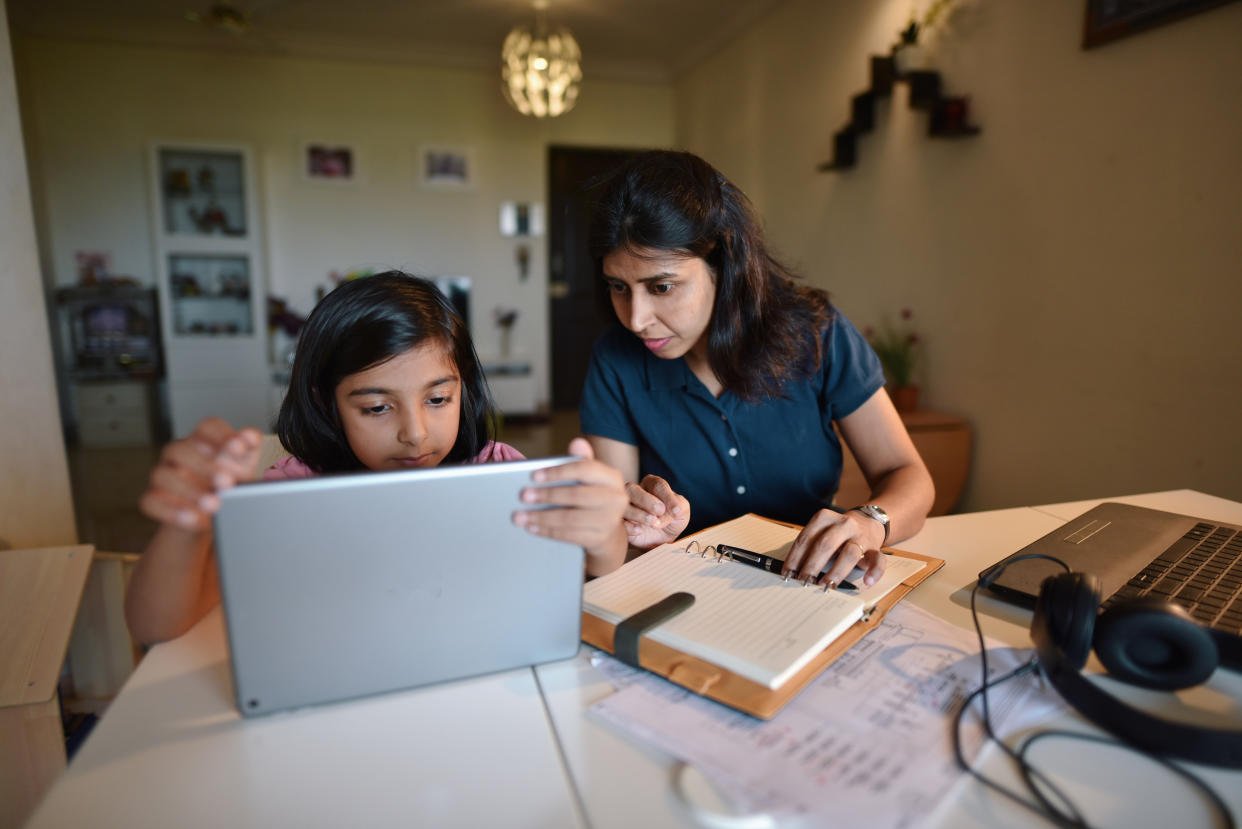Government approves emergency $50 internet subsidy for low-income families
The federal government this week approved an emergency program to provide more money to low-income families for high-speed internet access, finally providing what has become a work and schooling lifeline for many Americans in the pandemic.
The Federal Communications Commission (FCC) approved the $3.2 billion Emergency Broadband Benefit Program called Lifeline that provides a benefit of up to $50 a month for broadband service and up to $75 a month for Tribal area residents. Eligible households can also get a one-time discount of up to $100 for a computer or tablet.
“This is a program that will help those at risk of digital disconnection,” said FCC Acting Chairwoman Jessica Rosenworcel in a press release. “It will help those sitting in cars in parking lots just to catch a Wi-Fi signal to go online for work. It will help those lingering outside the library with a laptop just to get a wireless signal for remote learning. It will help those who worry about choosing between paying a broadband bill and paying rent or buying groceries.”
The pandemic has exacerbated the digital divide, with reliable internet a necessity for students learning from a distance and adults logging in for remote work or job searching — routine activities they typically do simultaneously during the week.

Over the past year, advocates have called for more affordable service for low-income families, noting their children could fall further behind in school among other setbacks. Angela Siefer, the executive director of National Digital Inclusion Alliance, a nonprofit, called the benefit “an incredible first step” in the government’s recognition of the divide.
“Digital access and use is a tool that, when used successfully by more of us, collectively strengthens our economy, health, education, social and civic participation,” Siefer told Yahoo Money.
Who will qualify?
The program is designed to support American households living at or below the poverty line. The following qualify:
Households that participate in an existing low-income or pandemic relief program offered by a broadband provider,
Lifeline subscribers, including those that on Medicaid or accept Supplemental Nutrition Assistance Program (SNAP) benefits,
Families with children who receive free and reduced-price lunch or school breakfast,
Pell grant recipients; and those who have lost jobs and seen their income reduced in the last year,
Workers who have lost jobs and seen their income reduced in the last year.
Applications can be submitted electronically or by mail.
How much is the discount?
The previous monthly discount was a $9.25 bill credit, and the new emergency benefit provides up to $50 a month for broadband service and up to $75 a month for Tribal area residents. There is also a one-time discount of up to $100 on a computer or tablet for eligible households.
With the new benefit, some American households can save as much as $1,000 a year.
How soon will subsidies roll out?
The FCC estimates qualifying households could see relief within the next two months. Rosenworcel added that “work is already underway” to get the “program up and running.”
“I expect it to be open to eligible households within the next 60 days as providers sign up and program systems are put in place,” she said.
Of all the obstacles Americans have faced in the last year, FCC Commissioner Geoffrey Starks said connectivity shouldn’t be one of them.
"I am hopeful that the Emergency Broadband Benefit will support these efforts and serve as a substantial step toward a future where all Americans have access to high-quality, affordable broadband," he said in a statement.
Stephanie is a reporter for Yahoo Money and Cashay, a new personal finance website. Follow her on Twitter @SJAsymkos.
Biden’s executive order will put ‘a huge dent’ in America’s food crisis
Biden's rescue plan uses 'most effective tool' to combat hunger — but leaves out key aid
Americans are increasingly going hungry as the pandemic rages and stimulus expires
Follow Yahoo Finance on Twitter, Facebook, Instagram, Flipboard, SmartNews, LinkedIn, YouTube, and reddit.

